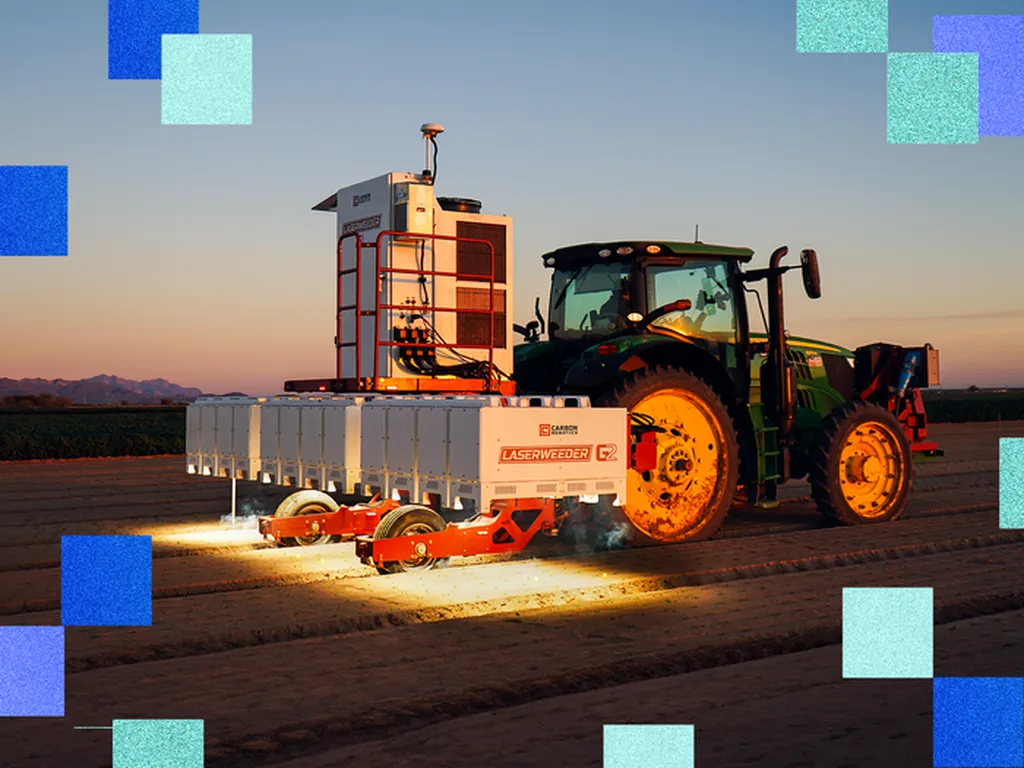For generations, farming has been a story of adaptation—each era bringing tools that reshape how food is grown. The plow gave way to the tractor, which then incorporated computers, and now, the next chapter is unfolding without a human at the wheel.
At the Sunbelt Ag Expo this October in Moultrie, Georgia, Brian Kelley and his team at Ag Technologies will offer a glimpse of that future. As founder of one of the nation’s largest independent farm tech firms, Kelley has spent nearly three decades watching agriculture evolve. His perspective is clear: autonomy isn’t just coming—it’s a necessary shift.
The logic is straightforward. Modern farming faces a trifecta of pressures: labor shortages, soaring input costs, and a shrinking pool of workers skilled in high-tech equipment. “Autonomy offers a real solution on all those fronts,” Kelley said. The technology already exists—tractors can now plant seeds with GPS precision—but adoption has been slow. The hurdle isn’t capability; it’s mindset.
Farmers have long operated under the principle of “bigger equipment, fewer people.” Kelley argues the future lies in smaller, collaborative machines. “We’re no longer an agrarian society with abundant labor,” he noted. “To stay competitive, we have to operate with fewer people, and that means embracing autonomy.”
The transition won’t be uniform. Kelley predicts sod and turf farms—where repetitive tasks demand heavy labor—will adopt robots first. Row-crop operations may follow, testing fleets of compact autonomous tractors instead of investing in ever-larger (and pricier) machines. “Equipment costs are rising fast, and the labor equation isn’t improving,” he said. “We’re at a critical inflection point.”
Yet change in farming is never swift. Tradition runs deep, and growers rightly weigh risks before overhauling proven systems. But Kelley sees the shift as inevitable. “I admire our growers’ commitment to doing things the right way,” he said. “But the right way is evolving.”
The economics are compelling. Robots could ease labor shortages while cutting costs during volatile markets—a dual advantage that’s piquing farmers’ interest. In five to ten years, Southern farms may look different depending on the crop, but the direction is clear: fewer hands in the fields, more intelligence in the machines.
For an industry built on innovation, the next leap is already in motion. The question isn’t if farms will go driverless, but how soon.

